The Ivy League is an athletic conference comprising eight private institutions of higher education in the Northeastern United States. The conference name is also commonly used to refer to those eight schools as a group. The eight institutions are Brown University, Columbia University, Cornell University, Dartmouth College, Harvard University, Princeton University, the University of Pennsylvania, and Yale University. The term Ivy League also has connotations of academic excellence, selectivity in admissions, and social elitism. In addition, Ivy League schools are often viewed by the public as some of the most prestigious universities worldwide and are often ranked amongst the best universities in the United States and worldwide.
All of the Ivy League's institutions place within the top 15 of the U.S. News & World Report college and university rankings; with five placing in the top six. These eight schools have a reputation for being highly selective during their admissions process. According to USA Today, these schools have some of the lowest acceptance rates of admissions, averaging less than 10 percent of students received an admissions offer. The prior year, the institution accepted a record low of 5.2 percent of applicants.
Although it's important to always aim for the sky and dream big, setting realistic goals for yourself is just as important. Hundreds of colleges out there can deliver better education to admitted students than the Ivies. Many of these schools, like "Public Ivy" universities are also more accessible and offer lower tuition fees, considering how the Ivies do not offer applicants any merit-based financial aid (only need-based aid). As previously mentioned, far more students apply to Ivy League schools than are admitted to them. Overall, these colleges and universities have extremely competitive admission processes and quite low acceptance rates. While the average acceptance rate among ranked colleges reported by the U.S.
News & World Report was 68% in 2020, the acceptance rates for the Ivy League schools that same year ranged from 4.9% to 8.8%. Expensive tuition and fees like these can make it difficult for many students to afford enrollment at Ivy League schools. The colleges and universities with large endowments, for example, are often able to offer extensive scholarship opportunities to those who qualify. This, coupled with other financial aid options, can make it possible for individuals from limited means to apply and thrive in an Ivy League academic setting.
The Ivy League is an American collegiate athletic conference comprising eight private research universities in the Northeastern United States. The term Ivy League is typically used beyond the sports context to refer to the eight schools as a group of elite colleges with connotations of academic excellence, selectivity in admissions, and social elitism. Its members are Brown University, Columbia University, Cornell University, Dartmouth College, Harvard University, the University of Pennsylvania, Princeton University, and Yale University. Large endowments, nationally recognized reputations, expensive tuition and fees, and extremely low acceptance rates all contribute to the sense that these colleges and universities are out of reach for many students. Each Ivy League college has its own unique accomplishments that make it important. All carry a certain reputation with them, and each school has programs that excel primarily in the medical and law fields, making them some of the most sought-after schools in the world.
Their admissions process is very selective, which helps the schools ensure that they only accept the best and brightest. Many famous people have graduated from Ivy League schools, including recent presidents George W. Bush, Bill Clinton, and Barack Obama. This prestige leads many to believe that these colleges are only for the wealthy and elite. Often, companies look for Ivy League graduates as potential employees, usually preferred by law firms, medical facilities, and large corporations. It has long been coveted to have earned a degree from an Ivy League school.
Today, there are other competitors that some claim to be just as good as their Ivy counterparts. Some of these well-known schools include Duke University, Johns Hopkins, MIT, Vanderbilt, and Georgetown University, to name a few. The Ivy League schools are still excellent in both academia and in sports, and they have left a legacy of higher education with an exceptional track record and reputation to go along with them. All eight are in the top 20 for number of sports offered for both men and women among Division I schools. Unlike most Division I athletic conferences, the Ivy League prohibits the granting of athletic scholarships; all scholarships awarded are need-based . In addition, the Ivies have a rigid policy against redshirting, even for medical reasons; an athlete loses a year of eligibility for every year enrolled at an Ivy institution.
Additionally, the Ivies prohibit graduate students from participating in intercollegiate athletics, even if they have remaining athletic eligibility. The only exception to the ban on graduate students is that seniors graduating in 2021 are being allowed to play at their current institutions as graduate students in 2021–22. This was a one-time-only response to the Ivies shutting down most intercollegiate athletics in 2020–21 due to COVID-19. Ivy League teams' non-league games are often against the members of the Patriot League, which have similar academic standards and athletic scholarship policies . Ivy League schools have a reputation for being elite institutions, with high selectivity during the admissions process. Harvard University is currently the most selective university in the country.
Out of 57,435 applications received for the Class of 2025, Harvard admitted only 3.4 percent of applicants. While the admissions process is extremely selective, it is not impossible for first-generation students to earn a spot in these world-class schools. For example, 16 percent of Yale's Class of 2025 are the first member of their family to attend university. However, the Ivy Leagues have recently come under fire for their admissions processes, which critics say favors legacy students to the detriment of minority students.
A main difference between Ivy League schools and regular liberal arts schools is their acceptance rates. Ivy League schools are notorious for having highly competitive acceptance rates, and according to a 2012 CNN Money Report, those rates are getting even lower. Harvard and Yale had 5.9 percent and 6.8 percent acceptance rates, respectively, and the Ivy League school with the highest acceptance rate was Cornell at 16.2 percent. Penn students develop the intellectual connections they need to thrive in an ever-changing and complex world.
Working with faculty across a flexible curriculum spanning 4 undergraduate and 12 graduate schools, students develop adaptable, well-rounded minds. The physical proximity of the university's resources make thinking and learning between departments and disciplines a part of everyday life at Penn. From innovative dual degree programs that defy traditional academic boundaries to rigorous grounding in the liberal arts and sciences, Penn is fueled by an open and endless exchange of ideas. As late as the 1960s many of the Ivy League universities' undergraduate programs remained open only to men, with Cornell the only one to have been coeducational from its founding and Columbia being the last to become coeducational. Before they became coeducational, many of the Ivy schools maintained extensive social ties with nearby Seven Sisters women's colleges, including weekend visits, dances and parties inviting Ivy and Seven Sisters students to mingle.
This was the case not only at Barnard College and Radcliffe College, which are adjacent to Columbia and Harvard, but at more distant institutions as well. The movie Animal House includes a satiric version of the formerly common visits by Dartmouth men to Massachusetts to meet Smith and Mount Holyoke women, a drive of more than two hours. This system is exacerbating inequality, retarding social mobility, perpetuating privilege, and creating an elite that is isolated from the society that it's supposed to lead. In 1985, 46 percent of incoming freshmen at the 250 most selective colleges came from the top quarter of the income distribution.
As of 2006, only about 15 percent of students at the most competitive schools came from the bottom half. The more prestigious the school, the more unequal its student body is apt to be. As of 2004, 40 percent of first-year students at the most selective state campuses came from families with incomes of more than $100,000, up from 32 percent just five years earlier.
Even though Ivy League schools have impeccable reputations, they do not produce the most students who ultimately earn doctorate degrees. According to a 2010 CBS Money Watch report, liberal arts schools dominated the top 10 list of students who eventually earned doctorates. For example, liberal arts schools produced twice as many students with science doctorate degrees as compared to other institutions, including Ivy League schools. If you are planning to pursue a doctorate, you might look beyond Ivy League possibilities and examine additional opportunities. Ivy League schools offer exceptional educational opportunities but so do many other colleges in the US and worldwide. Schools like Stanford, MIT, Rice, and CalTech are not Ivy League schools but often rank higher in specific programs than some Ivy League schools.
Many of them also offer lower tuitions and have higher acceptance rates. Consider your area of study and see if another top school provides opportunities that will help you succeed. While the Ivy League has some of the country's most elite universities, hundreds of other schools offer robust academic programs, deep traditions, and vast alumni networks. While there are several advantages to attending an Ivy, it might not be the perfect match for every student. With an acceptance rate of less than 10%, many students are considering other universities. An Ivy League degree is far from the only path to professional success.
Known for their high education standards, highly-selective admissions process, and promising careers later in life, the Ivy-League consists of eight private schools. In your search for quality education institutions in the US, the name Ivy League is bound to come up. The elite group of educational institutions has been a constant source of fascination and aspiration amongst students who wish to pursue higher studies in the United States. But what is Ivy league exactly, who all are included in the list of ivy league colleges? The institution was founded in 1746, making it the fourth oldest university in the United States. It is a medium-sized institution with around 5,000 undergraduate enrollments, and like Harvard, has an extremely competitive acceptance rate of only 5%.
Some of its most popular degrees include computer engineering, public policy analysis, and economics. It is rated #2 of the best colleges in America to study political science and public policy analysis. SAT grades range from 1440 to 1570 and ACT grades range between 32 and 35. There are eight Ivy League schools -- Brown, Columbia, Cornell, Dartmouth, Harvard, Pennsylvania, Princeton and Yale -- and each has the reputation for being highly competitive in academic standards and admissions policies. Debates over the value of an Ivy League education have carried on for decades, but many believe it's worth the money.
There are several main differences between Ivy League schools and general liberal arts colleges, but you can receive an excellent education from either. The "Little Ivies," which consist of private liberal arts colleges, offer both academic rigor and selective admissions similar to that of the Ivies and Public Ivies. It's likely no surprise that Ivy League-level colleges and universities would borrow a little "ivy" to use in their own names. These similarly prestigious groups of institutions include public schools, small liberal arts colleges, and other lesser-known, top-tier schools. On the other hand, the Forbes, Niche, and Wall Street Journal/Times Higher Education rankings include both universities and liberal arts colleges. Interest in this answer stems from the Ivy League being synonymous with America's most selective, prestigious, and elite colleges.
In other words, not only are Ivy League acceptance rates among the country's lowest, each school carries a strong brand name that follows its alumni throughout their educations, careers, and networks. The Ivy League schools are highly selective, with all schools reporting acceptance rates at or below approximately 10% or less at all of the universities. For the class of 2025, six of the eight schools reported acceptance rates below 6%.
Admitted students come from around the world, although those from the Northeastern United States make up a significant proportion of students. After the Second World War, the present Ivy League institutions slowly widened their selection of students. Liberal arts colleges, both private and public, are located all over the United States.
If you prefer to live in a certain part of the country or want to stay close to home, the location of Ivy League schools might be a consideration. Because all Ivy League schools are private universities, tuition costs are higher for students compared to their in-state public tuition alternatives. However, Ivy League schools also have the reputation for being generous with financial aid due to their large endowments.
Decades ago, a high GPA and good test scores were almost enough to guarantee a seat at many of the nation's top colleges. For today's high school seniors, however, the competitive college admissions world is anything but straightforward. Every January, when most applications are due, many students are still at a loss when it comes to what top schools, such as Harvard or Yale, are looking for. Elite schools are not just looking for academic excellence; that might be necessary to get your application to the next round, but prospective applicants need to show that they went the extra mile to prove their potential. Accepted students in Ivy League Schools pay an average tuition fee of $56,631.
Even though Harvard University has the lowest acceptance rate based on admissions statistics, it has the lowest tuition fee of $51,925. While all of the Ivy League schools are known to have high admission standards and exceptional educational programs, the group's forming actually had nothing to do with academics. In fact, the title was bestowed because the institutions are all part of the same collegiate athletic conference. Over time, the various teams attracted significant attention and funding, which prompted the institutions to make the academic programs and expectations increasingly more demanding and rigorous. Low acceptance rates — less than 10% for the "best" schools — indicate those colleges receive far more applications than they have places for students.
Students are housed in residential colleges, each with their own head and dean who live and eat with the students. This structure creates a unique social system at Yale and a sense of community. The city of New Haven, Connecticut, is often called the "Cultural Capital of Connecticut," but students looking to escape enjoy easy access to the big cities of Boston and New York. Similar to a high GPA, high SAT or ACT scores demonstrate your academic aptitude to the admissions committee.
An excellent way to gauge if your score is in the ballpark of where you need it to be for your application to an Ivy League school is to check its class profiles. In Yale's recent admissions cycle, 6.6% of applicants were accepted, which is around the average acceptance rate for all Ivy League schools combined. Annually, the average tuition cost plus fees for a year of study at Yale is approximately $58,000. I created a table with each school's ranking, location, and undergraduate enrollment. The average ranking is based on counting the school's US News ranking twice. You can click on each school's link to see the average high school GPA of admitted applicants, its standardized test scores, and its acceptance rate.
The next thing you might want to know is how to apply for ivy league colleges? Since Ivy League Institutions are some of the top-ranked universities in the world, the application and admission process is highly competitive. Is one of the oldest in the list of ivy league colleges in the United States. With a total student strength of over 12,000, it is known for its drama and music programs. Undergraduate enrollments range from about 4,500 to about 15,000, larger than most liberal arts colleges and smaller than most state universities.
Total enrollment, which includes graduate students, ranges from approximately 6,600 at Dartmouth to over 20,000 at Columbia, Cornell, Harvard, and Penn. Ivy League financial endowments range from Brown's $6.9 billion to Harvard's $53.2 billion, the largest financial endowment of any academic institution in the world. Academics at Ivy League institutions are rigorous; however, seven schools have retention rates of at least 75 percent for full-time students and an average four-year graduation rate of 86 percent. If there is one idea, above all, through which the concept of social responsibility is communicated at the most prestigious schools, it is "leadership." "Harvard is for leaders," goes the Cambridge cliché.
To be a high-achieving student is to constantly be urged to think of yourself as a future leader of society. But what these institutions mean by leadership is nothing more than getting to the top. Making partner at a major law firm or becoming a chief executive, climbing the greasy pole of whatever hierarchy you decide to attach yourself to. I don't think it occurs to the people in charge of elite colleges that the concept of leadership ought to have a higher meaning, or, really, any meaning.
At least the classes at elite schools are academically rigorous, demanding on their own terms, no? Professors are rewarded for research, so they want to spend as little time on their classes as they can. The profession's whole incentive structure is biased against teaching, and the more prestigious the school, the stronger the bias is likely to be. The admissions process for each varies greatly, with most American universities requiring you to sit the SATs , as well as two SAT subject-specific exams based on your academic studies, or an ACT essay-writing test. If the college likes what it sees, you will be invited to interview in the December before you are due to start the course. While Ivy League schools are designated such due to their athletic affiliation and not their dedication to educational pursuits, these colleges and universities still have a significant place in higher education.
Today, these institutions are known as much or more for their academic prestige and famous alumni than they are for their sports teams. The school ranks first among the best universities for studying history. Like other prestigious schools on the list, the school ranks is very selective with respect to its acceptance rate. Acceptance Rate is the ratio of the new students selected by the University to the number of the students who applied in form of percentage. When the high ranked institutions like Ivy League Universities are very selective in the admission process, the acceptance rate of these Universities will be extremely low.
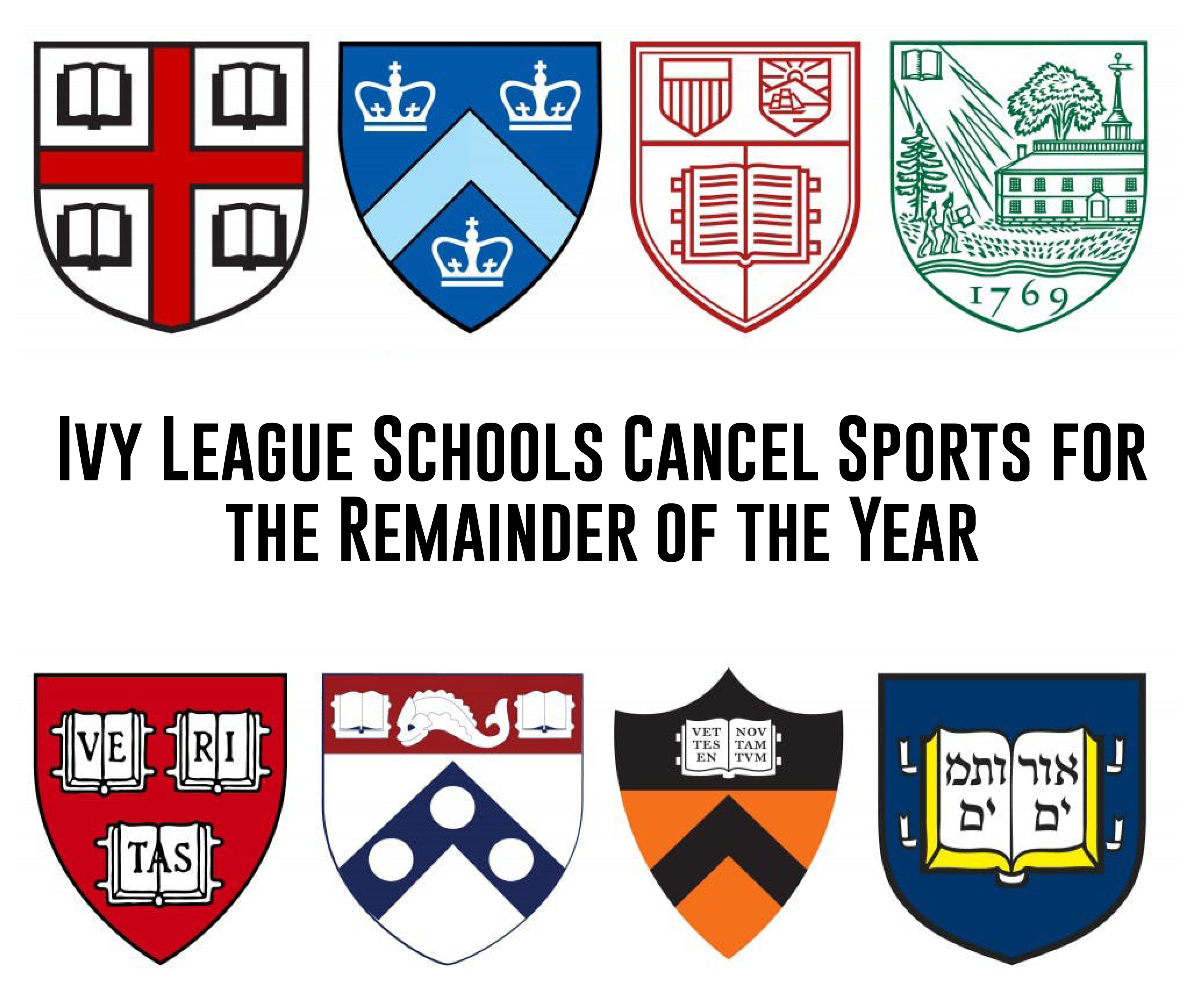


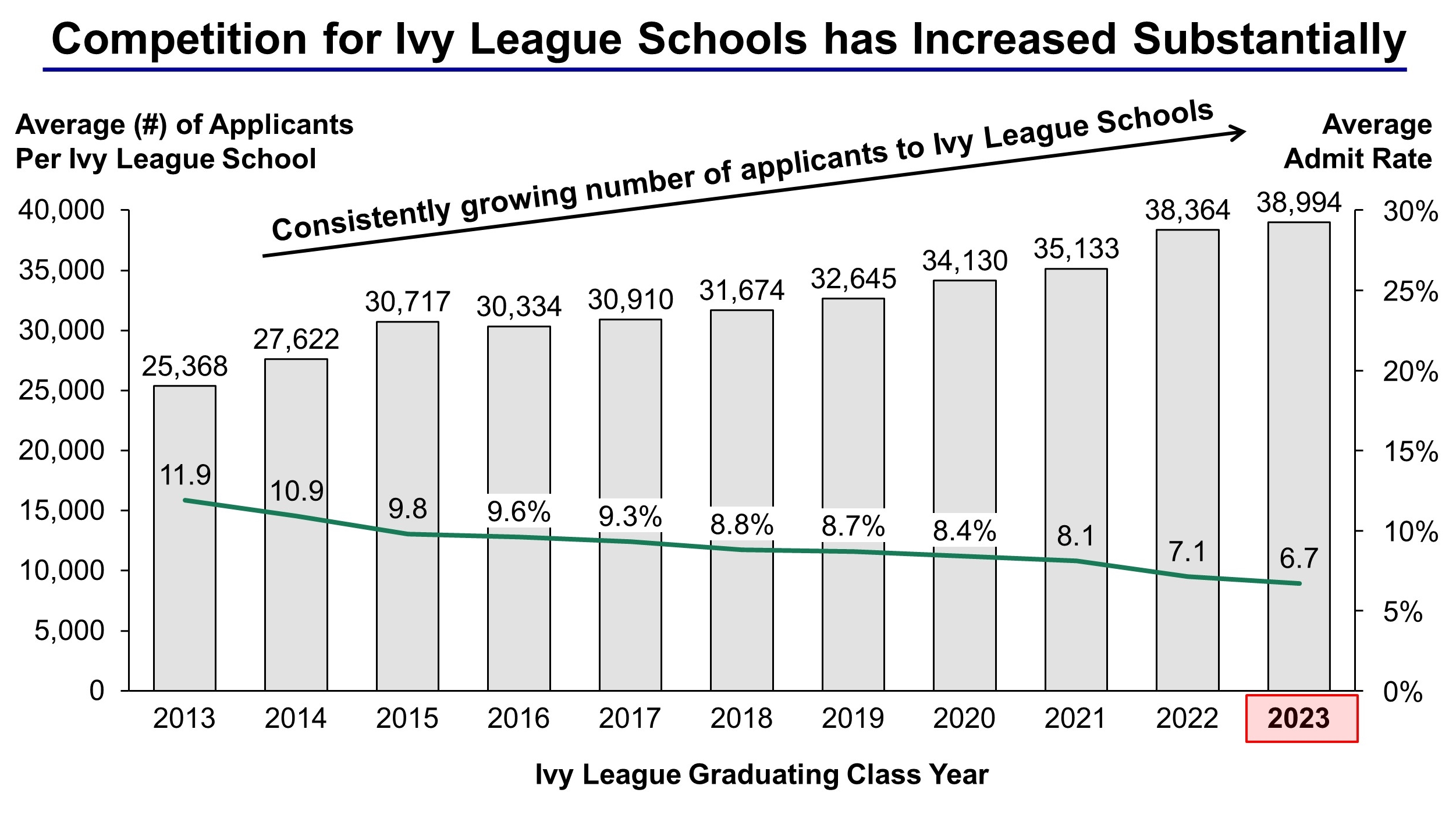









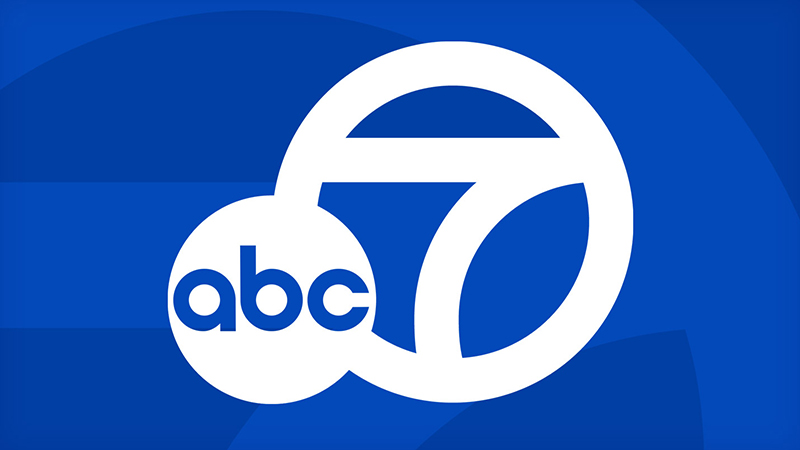






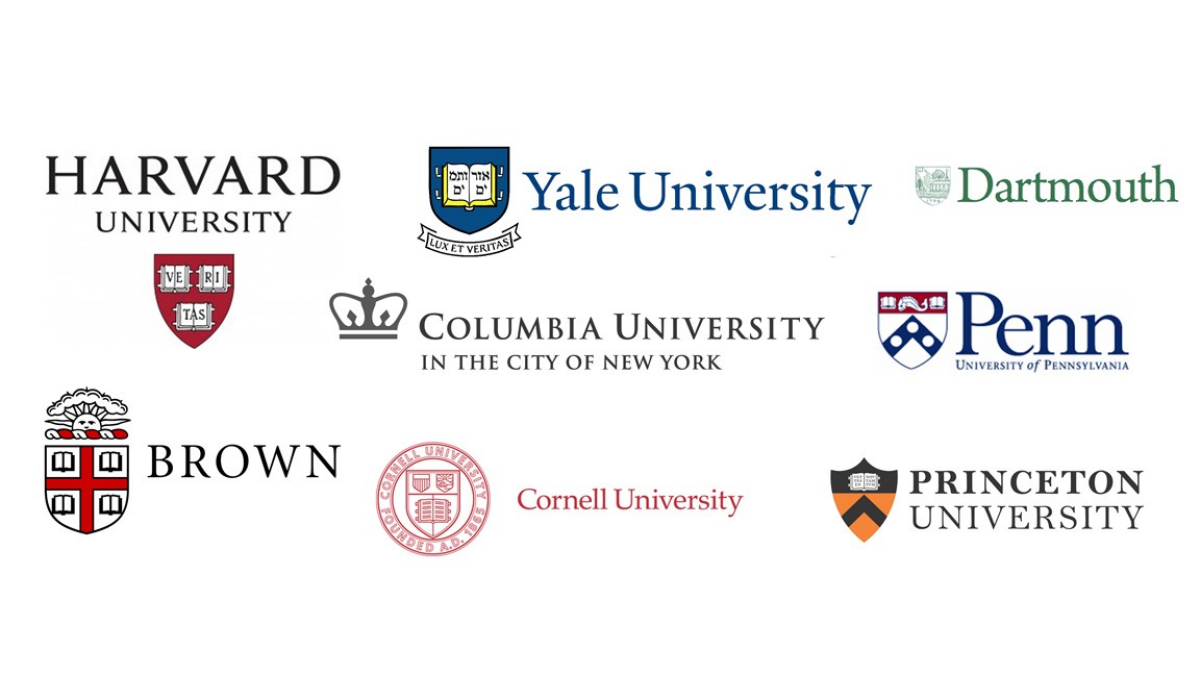
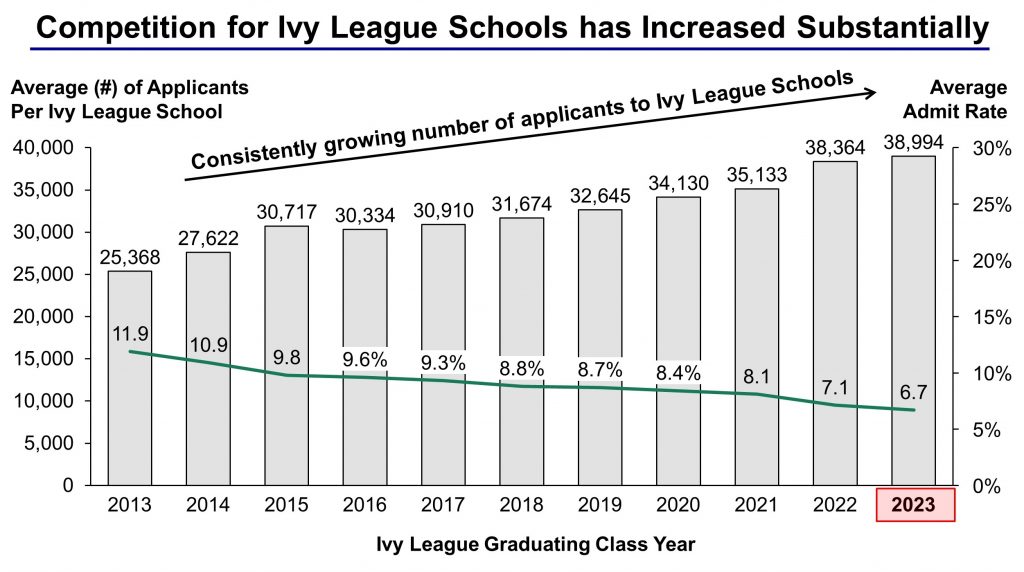

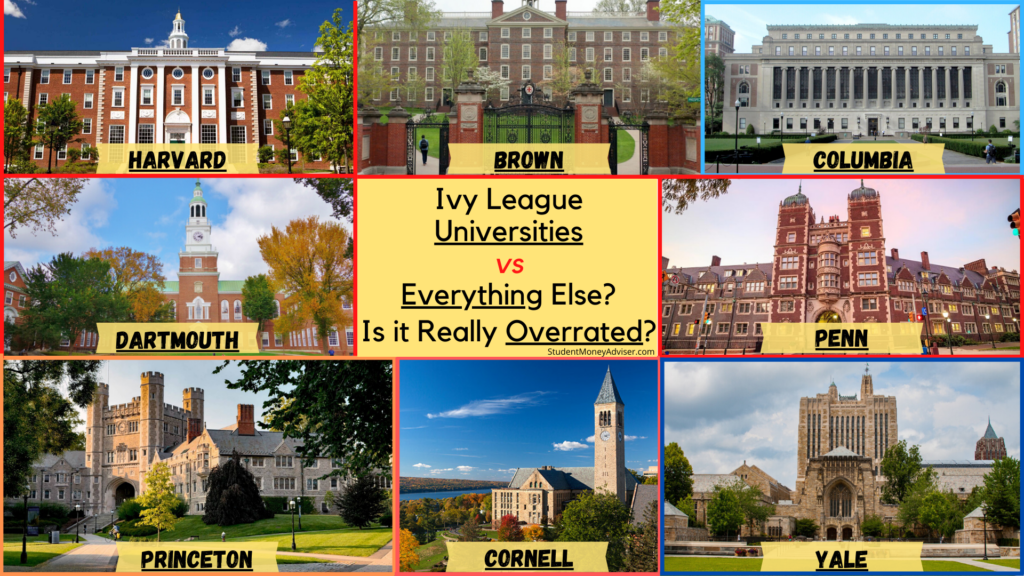





No comments:
Post a Comment
Note: Only a member of this blog may post a comment.